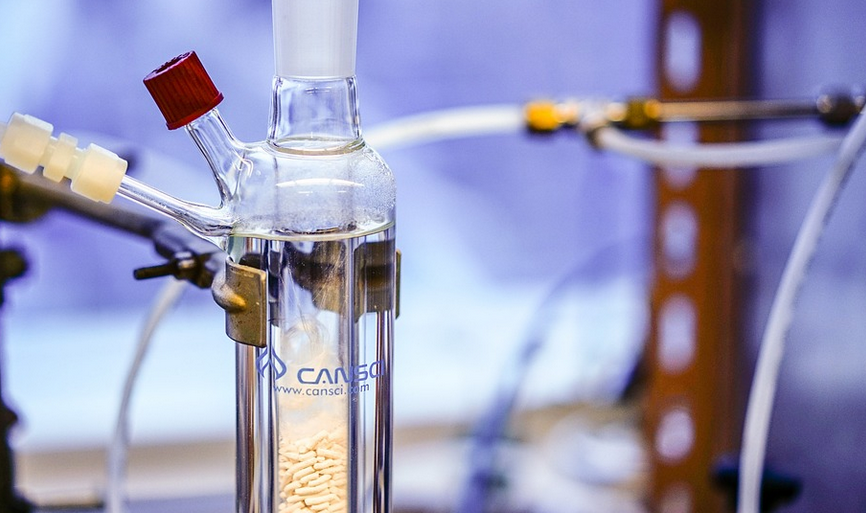Introduction
If you’re looking for a way to improve the appearance of your skin, you may have heard about chemical peels. These treatments involve applying a chemical solution to your skin to remove the outer layer and reveal smoother, brighter skin underneath. One type of chemical peel that’s gaining popularity is the hydroquinone peel. In this article, we’ll explore what a hydroquinone peel is, how it works, and what you can expect if you decide to try it.
What is a Hydroquinone Peel?
A hydroquinone peel is a type of chemical peel that uses hydroquinone as the active ingredient. Hydroquinone is a skin-lightening agent that’s commonly used to treat hyperpigmentation, such as age spots, sun damage, and melasma. When applied to the skin in high concentrations, hydroquinone can help to break up the excess melanin that causes these dark spots.
How Does a Hydroquinone Peel Work?
During a hydroquinone peel, a solution containing hydroquinone is applied to your skin. The strength of the solution will depend on your skin type and the severity of your hyperpigmentation. The solution is left on your skin for a few minutes, during which time it will start to dissolve the outer layer of dead skin cells. Once the solution has been on your skin for the appropriate amount of time, it will be neutralized and removed. You may experience some tingling or burning during the treatment, but this should subside quickly.
What Can You Expect After a Hydroquinone Peel?
After a hydroquinone peel, your skin may be red and sensitive for a few days. You may also experience some peeling or flaking as the outer layer of skin sloughs off. It’s important to keep your skin hydrated and protected from the sun during this time, as your skin will be more prone to sun damage. Over the next few weeks, you should start to notice a significant improvement in the appearance of your hyperpigmentation. Your skin will look brighter, smoother, and more even-toned. However, it’s important to note that hydroquinone peels are not a permanent solution, and you may need to have multiple treatments to achieve the desired results.
Is a Hydroquinone Peel Right for You?
If you’re considering a hydroquinone peel, it’s important to talk to your dermatologist to determine if it’s the right treatment for your skin type and concerns. Hydroquinone can be an effective treatment for hyperpigmentation, but it’s not suitable for everyone. Your dermatologist can help you decide if a hydroquinone peel is the best option for you.
The Risks and Side Effects of Hydroquinone Peels
Like any cosmetic treatment, there are risks and side effects associated with hydroquinone peels. These may include: – Redness and sensitivity – Peeling and flaking – Hyperpigmentation or hypopigmentation (darkening or lightening of the skin) – Scarring It’s important to choose a qualified and experienced dermatologist to perform your hydroquinone peel to minimize the risk of complications.
Conclusion
A hydroquinone peel can be an effective treatment for hyperpigmentation and other skin concerns. However, it’s important to understand the risks and side effects associated with the treatment, and to talk to your dermatologist to determine if it’s the right option for you. With the right care and precautions, a hydroquinone peel can help you achieve smoother, brighter, and more even-toned skin.

